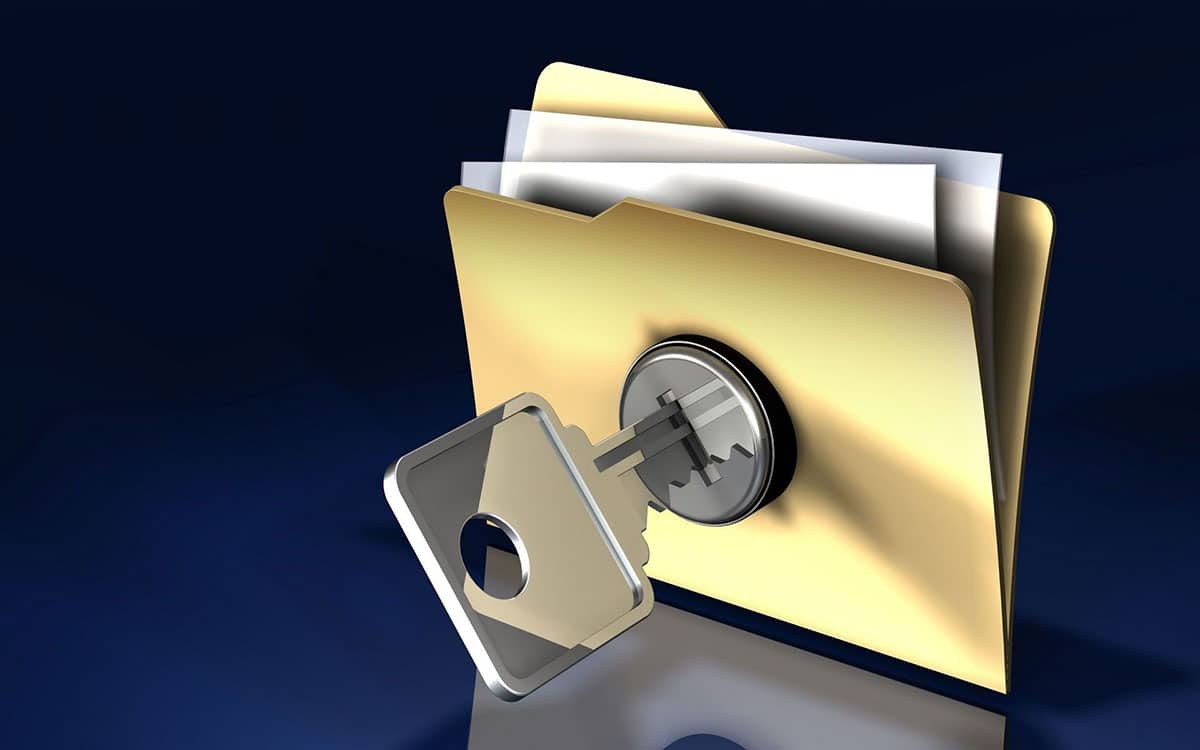Ransomware brings a world of trouble to any business. From operational disruption and revenue loss to total shutdown, no company is spared. That is why it’s wise to regularly back up your business data in multiple locations, including the cloud. Which is where Windows 10’s backup and restore tools come in handy.
File History Is Back for Windows 10
Users would be glad to know that Windows brought the same functionality of File History from Windows 8 (and 8.1) to Windows 10. Apart from the slight design changes, there really isn’t much difference, which is fine.
Serving as the main backup utility, File History enables users to regularly schedule backing up of files on their PC and store them on an external drive. That means you can connect your PC to a network or USB drive and make backups as needed.
However, you must be sure to regularly connect the external drive if you opt to set File History to back up to it. Otherwise, Windows will prompt you that your files have not been backed up for every day that you forget. You can neglect this warning at your own risk. If you back up to a mapped network that is unavailable, File History will back up to the local disk, until the network drive becomes available.
Setting Up File History
Turning File History on is not rocket science. After all, it was designed to make data backup and recovery easy for users. By default, File History backs up the main file folders, but you may also pick which folders you want to back up and bring in folders from other parts of the PC to back up.
From the Start menu, click on Settings > select Update & Security > click on the Backup section
You will see an option for Back Up Using File History. Below it is an option to Add A Drive. Click on + to see a list of external hard drives connected to your PC and choose one.
When you return to the Backup section, you will see that the Add A Drive option has changed to Automatically Back Up My Files (by default). This allows backups to be created at periodic intervals, which you can set to anywhere from every 10 minutes to once a day (default option is once every hour). You may also set how long to keep the backups (default option is forever).
Restoring files that have already been backed up is just as easy. Simply click on the Start menu and type File History in the Search bar. Then, you will see the Restore Your Files With File History option. Select this, and a new window showing the folders backed up onto your external drives will appear. A word of advice: Be sure to back up files using a network drive or the cloud, not locally.
Making System Image Backups
Backing up your entire operating system, along with all the programs, settings, and files, is possible with Windows 10. To use this feature, you need to access the Backup and Restore (Windows 7) option from the Control Panel. Click on Create a System Image and choose where to store the backup (external hard drive, network drive, or DVD) and which drives to back up. You will then be asked to make a system repair disc which you can use to start a PC and restore the image backup.
[cp_info_bar display=”inline” id=”cp_id_8a774″][/cp_info_bar]
Setting Up Your OneDrive Backup Option
Use OneDrive to store and sync your files in the public cloud. While it isn’t exactly a backup solution, OneDrive can serve as a destination for your backups. Microsoft offers plans ranging from at least 5 GB to 50 GB (monthly) and 1 TB (yearly) of storage space.
Call us now through +255-629-414141 for backup & restoration consultation.


